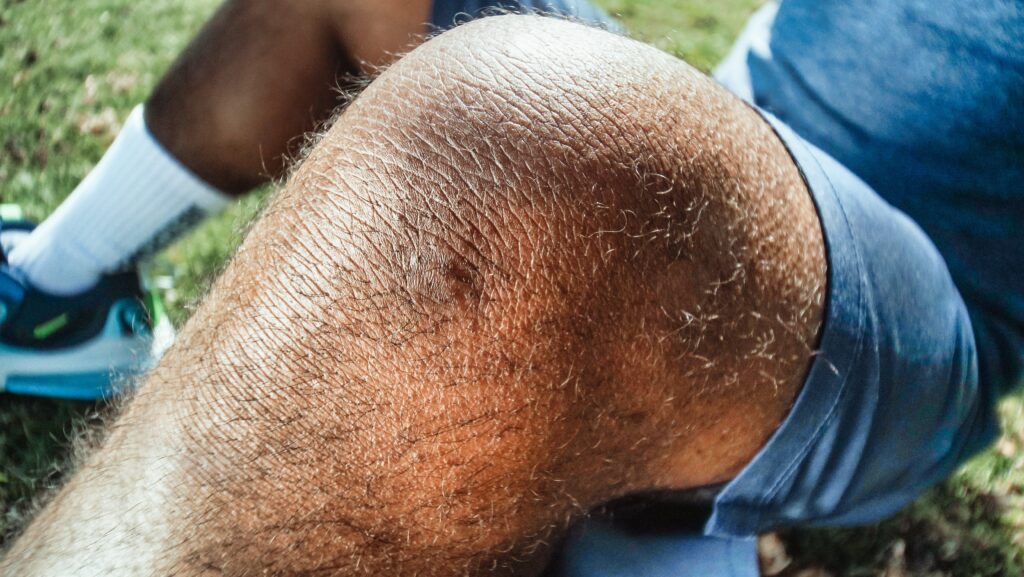How Physical Therapy Helps with Baker’s Cysts
Introduction
Living with Baker’s cyst can be incredibly difficult and uncomfortable. As the fluid from your knee builds up in a sac behind your knee, it causes swelling and pain that can last for days or weeks. Fortunately, physical therapy is an effective way to reduce swelling, improve mobility, and help you to move through life without being held back by your condition.
This article will explore how physical therapy helps people with Baker’s cysts. It will discuss what you can expect at physical therapy sessions, the types of exercises used to treat this condition, how long recovery takes, how physical therapy prevents reinjury, and other tips for managing symptoms of Baker’s cyst.
What To Expect At Physical Therapy Sessions
When you visit a physical therapist to treat your Baker’s cyst, they will first do an evaluation to understand the severity of your condition and how it is impacting your life. They will then create a personalized treatment plan that includes exercises designed specifically for you.
At physical therapy sessions, you can expect your therapist to use manual techniques such as massage, soft-tissue mobilization, stretching, joint mobilization, and myofascial release to reduce pain and swelling. You may also be taught specific exercises aimed at improving knee strength and range of motion. These exercises could include leg lifts, squats, heel raises and calf stretches.
Your therapist might also recommend using ice or heat packs on the area to reduce swelling and inflammation. Additionally, they may suggest using compression garments or wraps to help ease swelling and provide support.
Types Of Exercises To Treat Baker’s Cyst
The types of exercises used to treat a Baker’s cyst are designed to reduce swelling, strengthen the knee joint, improve range of motion, and decrease pain. These exercises include:
- Leg lifts: This exercise helps to strengthen the muscles in your thigh and calves.
- Squats: Squats help with knee strength, balance, and flexibility.
- Heel raises: These exercises help to improve ankle mobility and reduce foot pain.
- Calf stretches: Calf stretches are important for improving the range of motion and reducing pain in the lower leg.
How Long Does Recovery Take?
Recovery time from a Baker’s cyst can vary depending on several factors such as age, overall health status, the severity of the condition, and how well you follow your treatment plan. Generally speaking, most people recover within four to six weeks with regular physical therapy sessions. However, it is important to note that recovery time may be longer or shorter depending on the individual.
How Physical Therapy Prevents Re-injury
Physical therapy helps to prevent re-injury by teaching you how to properly perform exercises and activities that can help reduce your risk of further injury. In addition, your physical therapist will give you tips on posture, body mechanics, and exercises that can help improve the strength and stability of your knee joint. This will enable you to move more safely and with less pain.
Conclusion
Baker’s cyst is a common condition that can cause swelling and pain in the knee joint. Fortunately, physical therapy can help reduce symptoms associated with this condition such as pain, swelling, stiffness, and range of motion issues. With the help of a physical therapist, you can learn how to perform exercises and activities that will help promote healing while also ensuring that you do not re-injure yourself.

